-
Govind Bhawan,Kolkata - 700001
Govind Bhawan,Kolkata - 700001
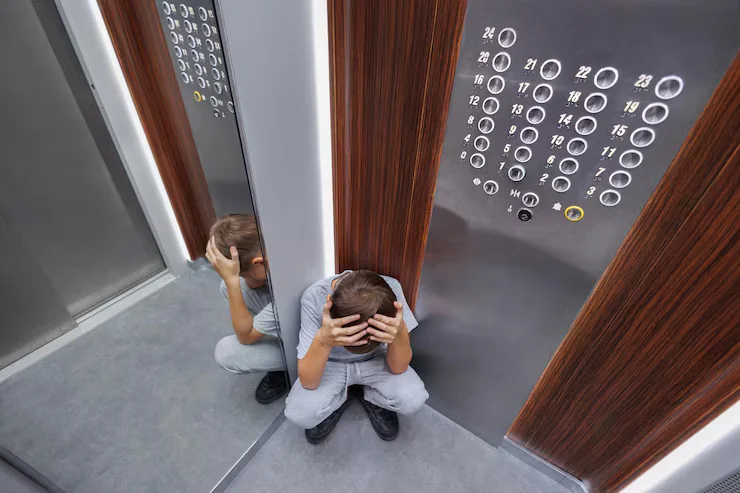
Discover the common elevator problems, including unresponsive buttons, door malfunctions, and overheating issues, and learn how to solve lift maintenance issues. Understanding these common elevator problems ensures a smoother experience and extends the lifespan of your system. For expert assistance, consult one of the best pest control companies, ensuring your elevator remains in top condition.
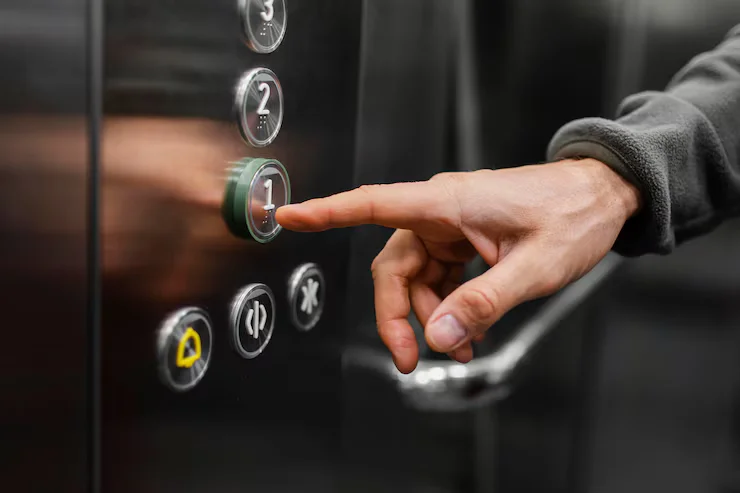
Elevators are indispensable in modern buildings, making it easier for people to move between floors quickly and safely. However, like any complex system, elevators can experience issues. These problems can lead to inconvenience, costly repairs, and safety concerns if not addressed promptly. Understanding common elevator problems and how to solve them can help prevent such issues and ensure a smoother experience for everyone. We provide the best lift maintenance services in Kolkata.
In this blog, we’ll explore the five most common elevator problems, their causes, and practical solutions, focusing on how you can take action to maintain optimal elevator performance. By being proactive and addressing these issues promptly, you can avoid potential hazards and keep your elevator in excellent working condition.
One of the most alarming elevator problems is when the lift gets stuck between floors or simply refuses to move. This situation can cause significant distress and inconvenience, especially when it happens in a busy building. The causes of this problem can vary, but it often points to mechanical or electrical failures.
By addressing these issues proactively, you can prevent frequent breakdowns and ensure that your elevator remains operational when you need it most.
If you start hearing unusual sounds like grinding, squealing, or loud vibrations, it could indicate a problem with the elevator’s mechanical components. While minor noises may seem harmless, persistent noise or vibrations could indicate more significant underlying issues.
Ignoring these noises can lead to bigger problems down the road, such as system malfunctions or complete breakdowns. Addressing the issue promptly can prevent further damage and ensure a smooth ride for passengers.
Unresponsive elevator buttons are frustrating and can lead to passengers waiting for longer periods than necessary. When elevator buttons stop working, passengers may not be able to select their desired floors, leading to delays or confusion.
Maintaining the button system is crucial for ensuring smooth operation, especially in high-traffic buildings where time is of the essence.
Elevator doors are designed to open and close smoothly with minimal noise. However, when they malfunction, they can delay the elevator’s operation, cause inconvenience, and even pose safety risks. Elevator doors are crucial for the overall experience and safety of passengers.
Ensuring that your elevator doors operate correctly is crucial for both passenger safety and the overall efficiency of the system.
Elevator overheating or frequent shutdowns can occur due to mechanical failures or environmental factors. When an elevator shuts down unexpectedly, it can leave passengers stranded, which is both inconvenient and dangerous.
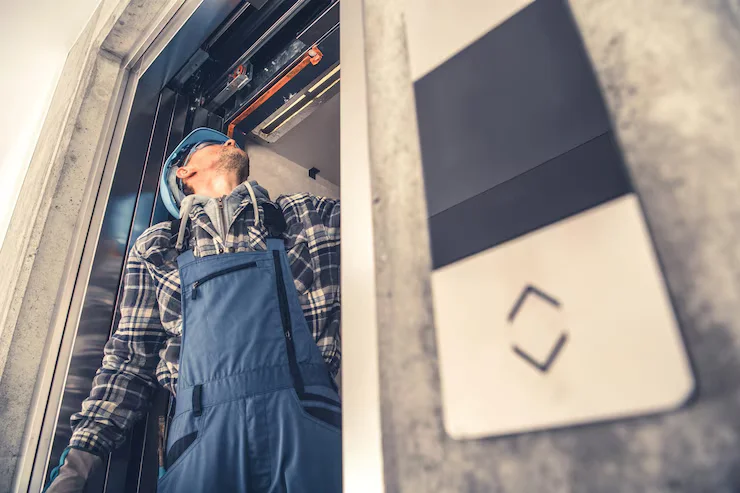
Elevators should ideally be serviced every 6-12 months, but it may depend on usage and the type of elevator. A high-traffic building may require more frequent maintenance.
It’s best not to troubleshoot elevator problems on your own. Elevators are complex systems, and improper handling can lead to safety hazards. Always call a certified technician for repairs.
If an elevator stops unexpectedly, don’t panic. Wait for help, and avoid trying to exit or open the doors on your own. A professional technician will inspect the system to identify the problem.
Reducing elevator noise requires regular maintenance, cleaning, and lubrication of the moving parts. If noise persists, components like bearings, rollers, and belts might need replacement.
The cost of elevator repairs depends on the nature of the problem. Regular maintenance can help reduce repair costs by catching issues early before they become severe.
Elevator problems are common but manageable with regular maintenance. Issues like unresponsive buttons, faulty doors, or strange noises can disrupt operations, but timely interventions by certified technicians ensure efficiency. Proper maintenance reduces repair costs and extends the elevator’s lifespan, enhancing passenger convenience and safety. Additionally, addressing pest-related concerns with the best lift maintenance services in Kolkata ensures a clean environment, further preventing potential issues in elevator systems. Proactive inspections prevent costly breakdowns and help maintain optimal functionality for years.

30.10.2025

27.10.2025
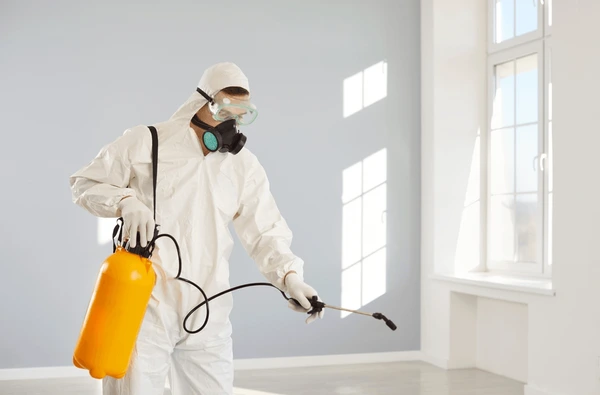
15.10.2025
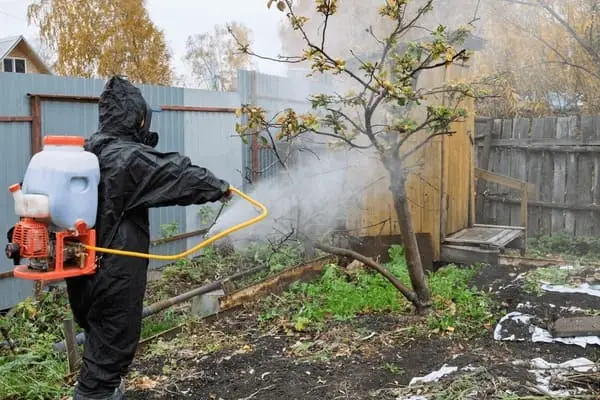
10.10.2025